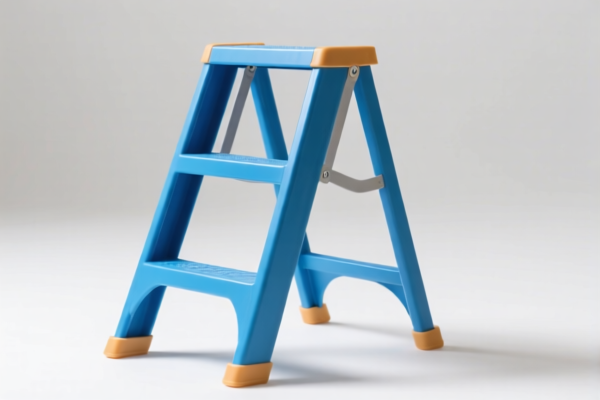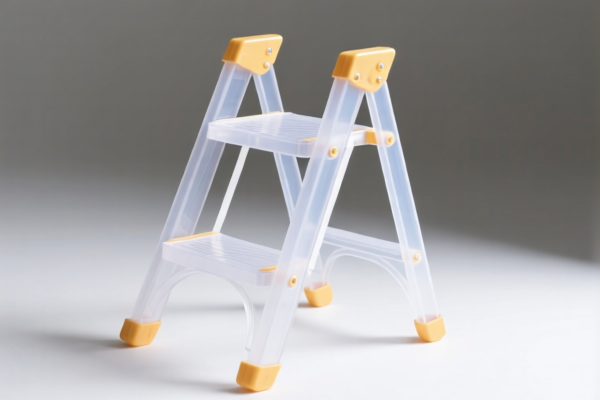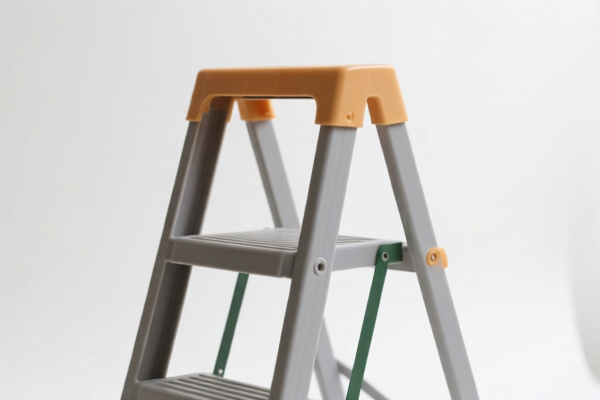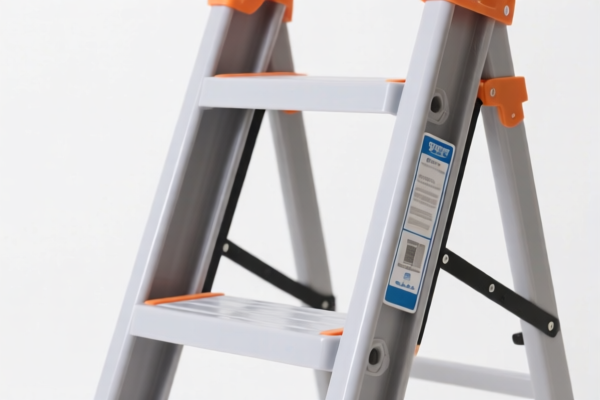| HS Code | Official Doc | Tariff Rate | Origin | Destination | Effective Date |
|---|---|---|---|---|---|
| 7317005560 | Doc | 80.0% | CN | US | 2025-05-12 |
| 7317006560 | Doc | 80.0% | CN | US | 2025-05-12 |
| 8305906000 | Doc | 43.2% | CN | US | 2025-05-12 |
| 8301600000 | Doc | 40.3% | CN | US | 2025-05-12 |
| 8301406060 | Doc | 43.2% | CN | US | 2025-05-12 |
| 6904900000 | Doc | 55.0% | CN | US | 2025-05-12 |
| 6904900000 | Doc | 55.0% | CN | US | 2025-05-12 |
| 6914108000 | Doc | 64.0% | CN | US | 2025-05-12 |
| 6914908000 | Doc | 60.6% | CN | US | 2025-05-12 |




Fence Nails
Fence nails are a specific type of nail designed for constructing and repairing fences. They differ from general-purpose nails in several key aspects relating to their material, construction, and intended use.
Material
Typically, fence nails are manufactured from steel. The steel used is often bright basic steel, which offers a balance of strength and cost-effectiveness. However, several coatings are common to improve resistance to corrosion and weathering:
- Zinc Coating: Provides a moderate level of rust protection, suitable for many outdoor applications.
- Aluminum Coating: Offers superior corrosion resistance compared to zinc, often used in coastal or high-humidity environments.
- Hot-Dip Galvanization: The thickest coating, providing the highest level of corrosion protection, ideal for demanding environments and treated lumber.
- Stainless Steel: Used for premium applications where maximum corrosion resistance is required, such as saltwater exposure or with chemically treated wood.
Purpose
The primary purpose of fence nails is to secure fence components together. This includes attaching fence boards to posts, rails, and stringers. They are designed to withstand outdoor conditions and the stresses of fence use.
Function
Fence nails function by providing a mechanical fastening between wooden components. Their design features contribute to their effectiveness:
- Thick Shank: Resists bending and provides a strong hold.
- Large Head: Provides a large surface area for hammering and prevents pull-through.
- Diamond Point: Facilitates penetration into the wood, even if it is slightly warped or knotty.
- Ring Shank (often): A series of rings along the shank increases holding power by providing greater friction.
Usage Scenarios
Fence nails are used in a wide range of fencing applications:
- Residential Fencing: Constructing privacy fences, picket fences, and decorative fences.
- Agricultural Fencing: Building livestock enclosures and property boundaries.
- Post and Rail Fencing: Attaching rails to posts in traditional fencing styles.
- Repairing Existing Fences: Replacing damaged boards or reinforcing weak connections.
- Temporary Fencing: Constructing short-term enclosures for events or construction sites.
Common Types
Several types of fence nails are available, categorized by head style, shank type, and coating:
- Common Fence Nails: Feature a flat head and smooth shank, suitable for general fencing applications.
- Ring Shank Fence Nails: The ring shank provides increased holding power, ideal for demanding applications or softer woods.
- Aluminum Fence Nails: Coated with aluminum for superior corrosion resistance.
- Galvanized Fence Nails: Hot-dip galvanized for maximum corrosion protection.
- Clipped Head Fence Nails: The head is clipped to reduce splitting of the wood, particularly useful when nailing close to the edge of boards.
- Cupped Head Fence Nails: The cupped head provides a decorative finish and helps to prevent splitting.
- Screw Shank Fence Nails: Feature a screw-like shank for exceptional holding power and resistance to withdrawal.
Fence nails are typically iron or steel nails used in construction and outdoor applications for assembling fences. Based on the provided information, the following HS codes are relevant:
- 7317.00.55.60: This HS code covers nails, tacks, drawing pins, corrugated nails, staples (other than those of heading 8305) and similar articles, of iron or steel, whether or not with heads of other material, but excluding such articles with heads of copper. Specifically, it refers to “Other: Of one piece construction: Made of round wire Other”. The first two digits (73) indicate the chapter for iron or steel articles. The next two digits (17) specify nails, tacks, drawing pins, etc. The following digits further refine the classification to iron or steel nails of one-piece construction made of round wire. The total tax rate is 80.0%, comprising a 0.0% base tariff, a 25.0% additional tariff, and a 25% additional tariff for steel/aluminum products, increasing to 30.0% after April 2, 2025.
- 7317.00.65.60: This HS code also covers nails, tacks, drawing pins, corrugated nails, staples (other than those of heading 8305) and similar articles, of iron or steel, whether or not with heads of other material, but excluding such articles with heads of copper. This specifically refers to “Other: Of one piece construction: Other Other”. Similar to the previous code, the first two digits (73) indicate the chapter for iron or steel articles, and the next two digits (17) specify nails, tacks, drawing pins, etc. The following digits further refine the classification to iron or steel nails of one-piece construction, categorized as 'Other'. The total tax rate is 80.0%, comprising a 0.0% base tariff, a 25.0% additional tariff, and a 25% additional tariff for steel/aluminum products, increasing to 30.0% after April 2, 2025.
It is important to note that both HS codes 7317.00.55.60 and 7317.00.65.60 have a total tax rate of 80.0%, with additional tariffs applicable to steel/aluminum products and potential increases after April 2, 2025. The specific classification between these two codes would depend on the detailed construction and material of the fence nails.
Customer Reviews
No reviews yet.